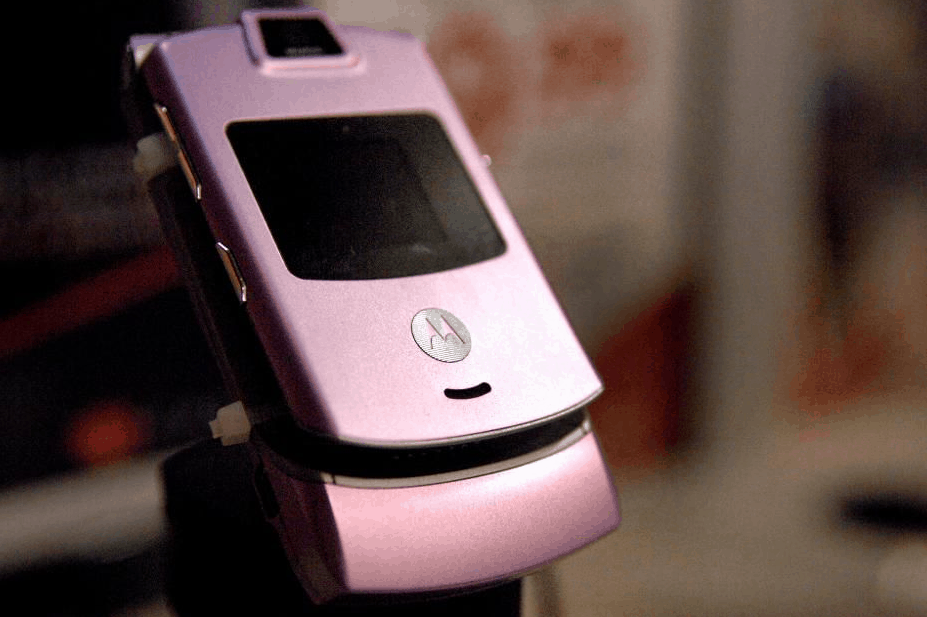
Cnet is reporting that Motorola’s heavily rumoured foldable phone – the Razr V4 – is going to be released by the end of this year. If that turns out to be accurate, the rehashed flip phone will need to offer more than a foldable – but familiar – shape to have long-term success.
Foldable tech is in its infancy. There’s only one big name device available to buy right now, Samsung’s Galaxy Fold, and it hasn’t exactly had a smooth debut. The Fold’s design problems offer us a glimpse into the future issues that will likely plague upcoming flexible handsets.
Motorola, of course, won’t be immune from this. But the questionable durability of foldable displays is only one part of the problem – a lack of services might be a far bigger issue on the horizon.
There has been – perhaps more so this year than any other – a shift in how the value of a smartphone is measured. Consumer interest may be moving away from high spec Batman-style gadgets, or phones packed with gimmicky features.
Instead, as buyers prioritise longevity by holding on to their phones for longer, big manufacturers like Google and Apple are pouring resources into subscriptions and data-hoarding services in search of new revenue streams.
The result? The new phone with the latest jaw-dropping tech – or
the most impressive specification loadout-
won’t receive the same reception it used to get in smartphone yesteryear.
For Motorola that could mean that its rehash of a very popular phone might not be enough to bring in hordes of new customers.
The good news is that the flip phone design is perfect for foldable technology. A clunky, oblong-shaped slab of glass and metal will never be as ergonomic or visually appealing as a phone that folds into half its size. Plus there’s that satisfying, nostalgic, clap when the device folds shut.
But I suspect Motorola may need more than a smart design to make a significant and lasting impact on the market. Google and Apple are turning to services and AI like Stadia, Assistant and Apple TV Plus to convince consumers part with their cash.
Apple and Google can offer these services because they’re uniquely positioned to do so. Google processes the world’s search queries, which helps it build Assistant. Apple has years of partnerships – and huge financial resources – which helped it move into TV. For the competition, this is not easy to replicate.
Can Motorola – or its parent company Lenovo – create something more than a technically impressive phone? It’s probably only a matter of time before Apple and Google move into foldable phones, so what can a future Razr V4 do to stand out?
Setting up new subscription services or building new AI from scratch is probably a step too far. But leaning into consumer trends and embracing the repair market is probably more achievable.
If foldable displays are as flimsy as we’ve seen, then perhaps free replacements – or even the kits for DIY replacement – is an option. In fact giving people the ability to tinker, change and upgrade their phones – with manuals and reasonably priced parts – would instantly set Motorola apart from the crowd.
Giving Razr V4 owners that kind of freedom also fits with the nostalgic narrative of the re-released device because nothing says 2004 more than swapping the battery out of your flip phone.
Of course price and camera ability will play a huge part in how appealing the V4 is, but finding that additional offer to potential buyers that keeps them engaged for longer than the standard release cycle could be key.

